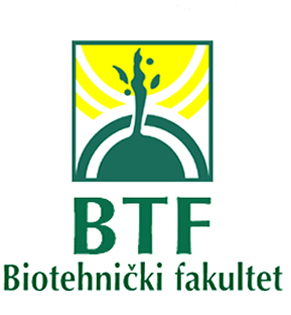| Year : |
2018 |
| Volume : |
64 |
| Issue : |
1 (31.03.2018) |
| |
|
| Authors : |
Messaouda BELAID, Farida BENZINA, Fatma ACHEUK, Khadidja ADJOU, Houria OSMANE BACHA |
| Title : |
BACTERIAL CONTAMINATION OF HAEMOLYMPH IN EMERGING WORKER HONEYBEE (APIS MELLIFERA L) PARASITIZED BY VARROA DESTRUCTOR |
| Abstract : |
Varroa destructor is an obligatory ectoparasite of the honeybee (Apis mellifera L). The mites use their piercing month parts to suck out hemolymph from immature and adult bees caused direct damage (morphological, physiological abnormalities) and indirect damage due to microbial pathogens. The aim of this work was to research the bacterial microflora in hemolymph of emerging healthy and parasitized worker honeybee by Varroa destructor. For the isolation and identification of the bacteria, the morphological and biochemical tests were done. The results showed that the haemolymph of the healthy worker (Apis mellifera L) is free of bacteria. When the V.destructor breaks the cuticle, the microorganisms invade the heamolymph. The infested worker honeybees harbored a total 9 strains belonging to 6 strains of Bacillacea (66,66%), 1 of Peanibacillacea (11,11%) and 2 of Enterobacteriacea (22,22%). Based on the Gallery API 20 E (Bio-Merieux), the genera of Bacillacea and Peanibacillacea included Bacillus licheniformis (4 strain), Bacillus mycoide (1strain), Bacillus coagulans (1 strain) and Brevibacillus chohinensis (1 strain) respectively. Bacillus licheniformis was for probably the most frequent species. The Enterobacteriaceae included Aeromonas hydrophila and Pantoa sp. |
| For citation : |
Belaid, M., Benzina, F., Acheuk, F., Adjou, K., Osmane Bacha, H. (2018): Bacterial contamination of haemolymph in emerging worker honeybee (Apis mellifera L.) parasitized by Varroa destructor. Agriculture and Forestry, 64 (1): 73-79. DOI:10.17707/AgricultForest.64.1.09 |
| Keywords : |
Honeybee, Apis mellifera L, Varroa destructor, bacterial contamination. hemolymph. |
| |
|
| download paper |

